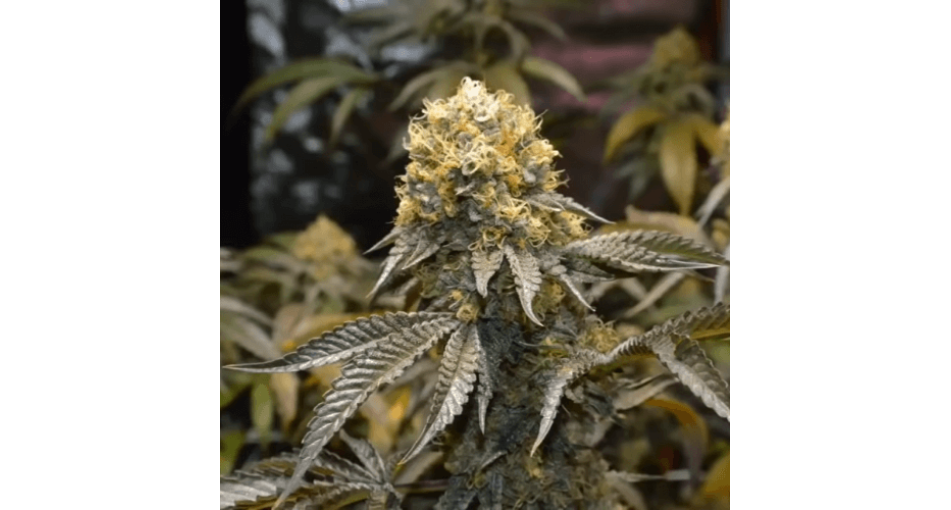
Today, seed banks supply a large number of cannabis varieties to the market. Each of them has its own characteristics, distinctive features and advantages. In addition, breeders systematically work on the improvement and improvement of one or more characteristics. Thus, almost every year, new varieties of cannabis with improved properties appear.
The main parameters when choosing seeds
Naturally, this huge variety is not easy to understand even for experienced growers, not to mention those who are just starting to try their hand at this business.
It is easier to navigate and choose the most suitable option will help the main parameters, such as:
productivity;
disease resistance;
THC level;
percentage of indica and sativa;
plant height;
taste and aroma.
The hemp seeds presented in our Smile-Seeds online store have different properties. Of course, everyone has their own individual approach to choosing a variety, but it will be easier if you have some kind of benchmark in front of you, for example, a list of the best genetic lines and varieties that have stood the test of practice and competition, confirming a high level of quality and benefits.
The best genetic cannabis lines
Cookies. The line is being developed on the basis of two varieties - OG Kush and Durban Poison. Indica dominates in genetics, almost all varieties are medical. It has a pronounced stone effect, which can be combined with a high effect. Perfectly eliminates pain, improves appetite, treats insomnia. Has the taste of chocolate and cookies, sweet aroma. The bushes are unpretentious, even a novice grower will cope with their cultivation without any problems.
Skunk. Varieties of this family have a pronounced aroma and a strong effect with a predominance of a high effect, since the sativa content is higher than indicas. Best suited for growing indoors. The flowering phase is 9 to 11 weeks.
AK-47. It's just a legend. Bushes demonstrate high resistance to adverse environmental factors, on average grow up to one and a half meters. The genetics are indica dominant. The content of THC is from 19 to 23%.
White Widow. The varieties of this line perfectly combine an energizing high effect and a relaxing stone effect. This is achieved due to the fact that most varieties contain at least 60% sativa. It takes from 8 to 10 weeks to bloom, from one square meter of area you can collect 350 - 450 g of the finished product.
Marijuana exists in many varieties and subspecies. Cultivators and farmers have long been breeding different varieties with specific characteristics to create hybrids and specific strains.
Each marijuana strain has a different concentration of the cannabinoids tetrahydrocannabinol (THC), cannabidiol (CBD), as well as other compounds.
Manufacturers grow plants to have a specific look, taste, and effect on the user, and label them accordingly.
Currently, reports of the effects of different strains of cannabis come predominantly from personal experience. While researchers are studying the effects of different strains of cannabis on a number of diseases, there is still a long way to go in this area.
What are cannabis strains?
All cannabis strains come from the Cannabaceae plant family. Some experts consider Cannabis indica and Cannabis sativa to be the two main subspecies, although some consider them to be separate species.
To create a strain, cultivators select a variety of traits to produce the desired effects. This is similar to how breeders create certain characteristics in dogs.
People often describe cannabis strains as indica, sativa, or a hybrid. A hybrid refers to a strain created by combining indica and sativa strains.
Many growers cross-breed cannabis plants to produce new strains with special characteristics. Experts suggest that there are over 700 varieties of cannabis.
One of the most important characteristics of a cannabis strain is its THC content. There are certain rules for naming each strain, but many manufacturers do not name their products according to these rules.
Despite these classifications, hybridization and cross-breeding means that people can't tell exactly how much THC is in a particular plant just by looking at its physical features.
Experts suggest that it is impossible to guess the composition of a cannabis plant by looking at its height, branching, or leaf appearance.
The only way to know the chemical composition of a cannabis-derived product is to analyze it through biochemical analysis.
